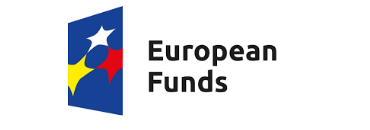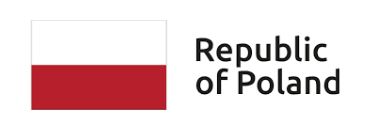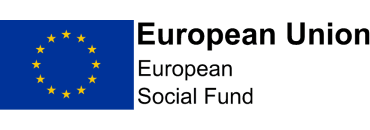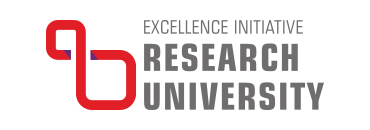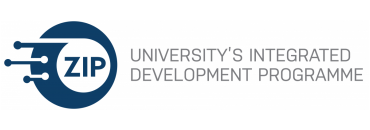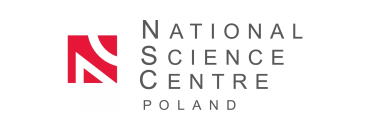How responsive should a firm be to customers expectations?
- Speaker(s)
- Agnieszka Wiszniewska-Matyszkiel
- Affiliation
- MIM UW
- Date
- Nov. 15, 2023, 2:15 p.m.
- Room
- room 5070
- Seminar
- Seminar of Biomathematics and Game Theory Group
[Economic abstract from the published paper]
This study explores ways to optimally align quality with customer expectations in light of changes in expectations related to experience with the actual quality of the product. A firm’s strategic decision is its responsivity. Responsivity is defined here as the extent to which the quality delivered is aligned with customer expectations. The issue is to find the level of responsivity that maximizes the firm’s benefits by increasing the number of loyal customers. The key tradeoff is that although responsivity can help the firm increase its volume of loyal consumers, it is also costly. The main findings are a theoretical characterization of optimal responsivity and an extension to a strategy that offers good/service both with and without responsivity. The outcome is a win-win strategy, that significantly increases both profits and the number of loyal customers, whose expectations converge to the quality delivered. The potential impact of these findings on practice is significant: by under- standing what determines the optimal level of responsivity and implementing this win-win strategy, firms can enhance customer satisfaction, loyalty, and profitability.
[More mathematical translation of the abstract]
In the case of a new product, customers expectations not necessarily reflect the actual product quality. As consumptions is repeated, expectations are updated, based on previous expectations and current emotions related to misspecification/gap. This misspecification leads to either dissatisfaction, if the customer expected more, or satisfaction, if they got more than expected. The function translating the gap into emotions is dictated by prospect theory. If for such a dynamical system, the expectations converge to the actual quality, the customer becomes loyal, otherwise they resign. This convergence may be facilitated by responsivity, identical for all customers, which reduces the gap. We calculate how to do it optimally, which results in an interesting mathematical problem with a candidate for the optimum calculated by Cardano's formulae. We next redefine the problem by spliting customers into two groups and being responsive only to those whose beliefs are not going to converge otherwise.
 You are not logged in |
You are not logged in |







